Year 2
The English curriculum is built around the three interrelated strands of language, literature and literacy. Teaching and learning programs should balance and integrate all three strands. Together, the strands focus on developing students' knowledge, understanding and skills in listening, reading, viewing, speaking, writing and creating. Learning in English builds on concepts, skills and processes developed in earlier years, and teachers will revisit and strengthen these as needed.
In Year 2, students communicate with peers, teachers, students from other classes and community members.
Students engage with a variety of texts for enjoyment. They listen to, read, view and interpret spoken, written and multimodal texts in which the primary purpose is to entertain, as well as texts designed to inform and persuade. These encompass traditional oral texts, picture books, various types of print and digital stories, simple chapter books, rhyming verse, poetry, non-fiction, film, multimodal texts, dramatic performances and texts used by students as models for constructing their own work.
The range of literary texts for Foundation to Year 10 comprises Australian literature, including the oral narrative traditions of Aboriginal and Torres Strait Islander Peoples, as well as the contemporary literature of these two cultural groups, and classic and contemporary world literature, including texts from and about Asia.
Literary texts that support and extend Year 2 students as independent readers involve sequences of events that span several pages and present unusual happenings within a framework of familiar experiences. Informative texts present new content about topics of interest and topics being studied in other areas of the curriculum. These texts include language features such as varied sentence structures, some unfamiliar vocabulary, a significant number of high-frequency sight words and words that need to be decoded phonically, and a range of punctuation conventions, as well as illustrations and diagrams that support and extend the printed text.
Students create a range of imaginative, informative and persuasive texts including imaginative retellings, reports, performances, poetry and expositions.
(source: www.australiancurriculum.edu.au)
Achievement Standard
Receptive modes (listening, reading and viewing)
By the end of Year 2, students understand how similar texts share characteristics by identifying text structures and language features used to describe characters and events, or to communicate factual information.
They read texts that contain varied sentence structures, some unfamiliar vocabulary, a significant number of high-frequency sight words and images that provide extra information. They monitor meaning and self-correct using knowledge of phonics, syntax, punctuation, semantics and context. They use knowledge of a wide variety of letter-sound relationships to read words of one or more syllables with fluency. They identify literal and implied meaning, main ideas and supporting detail. Students make connections between texts by comparing content. They listen for particular purposes. They listen for and manipulate sound combinations and rhythmic sound patterns.
Productive modes (speaking, writing and creating)
When discussing their ideas and experiences, students use everyday language features and topic-specific vocabulary. They explain their preferences for aspects of texts using other texts as comparisons. They create texts that show how images support the meaning of the text.
Students create texts, drawing on their own experiences, their imagination and information they have learnt. They use a variety of strategies to engage in group and class discussions and make presentations. They accurately spell words with regular spelling patterns and spell words with less common long vowel patterns. They use punctuation accurately, and write words and sentences legibly using unjoined upper- and lower-case letters.
(source: www.australiancurriculum.edu.au)
- Plus Plan
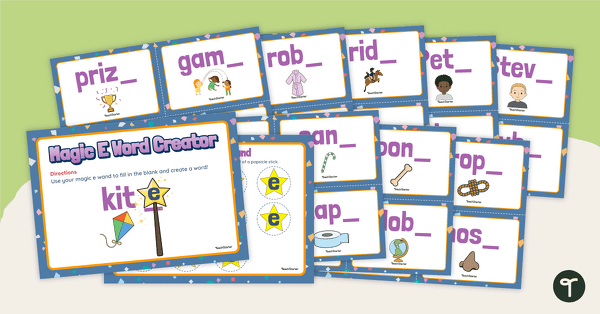
Magic E Wand and Word Cards
Explore the power of the magic e in CVCe words with this crafty phonics activity.
- Plus Plan
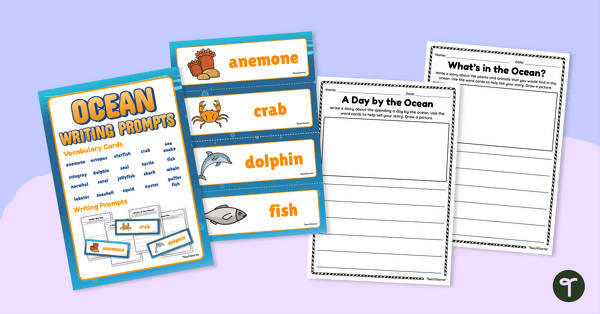
Ocean-Themed Flashcards and Writing Prompts
Build vocabulary and writing skills with this ocean-themed writing activity.
- Plus Plan
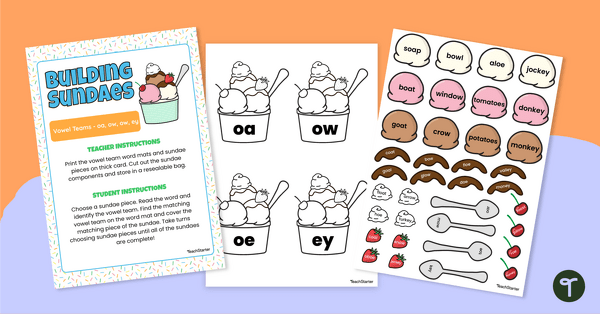
Building Sundaes with Vowel Teams (OA, OW, OE and EY)
Decode words with OA, OW, OE and EY long vowel teams by crafting cute desserts!
- Plus Plan
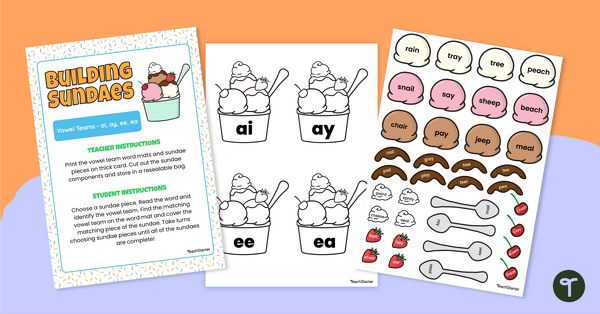
Building Sundaes with Vowel Teams (AI, AY, EE and EA)
Decode words with ay, ai, ea and ee long vowel teams by crafting cute desserts!
- Plus Plan
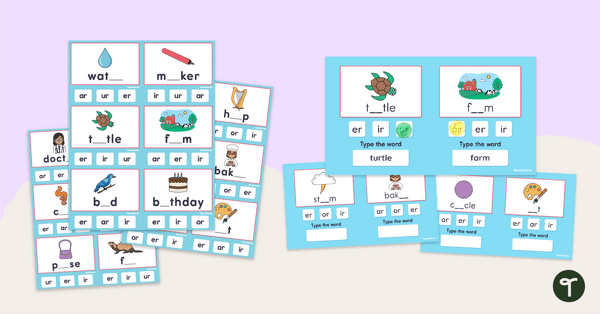
R-Controlled Vowel Peg Cards
Build an engaging literacy center or station activity around r-controlled vowels with these digital and/or printable r-controlled vowel clip cards.
- Plus Plan

R-Controlled Vowels Poster Pack
Supplement your phonics curriculum with an r-controlled vowel poster display.
- Plus Plan
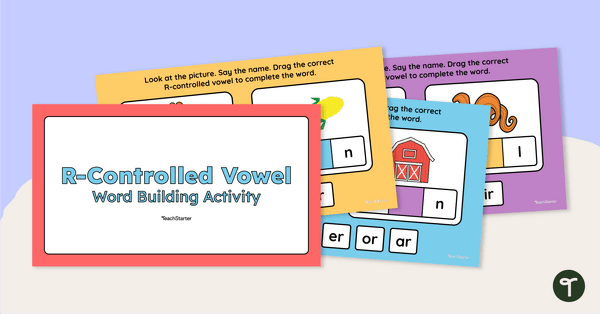
R-Controlled Vowel Word Building - Google Slides Interactive Activity
Explore spelling and reading words that contain r-controlled vowels with this interactive Google Slides activity.
- Plus Plan
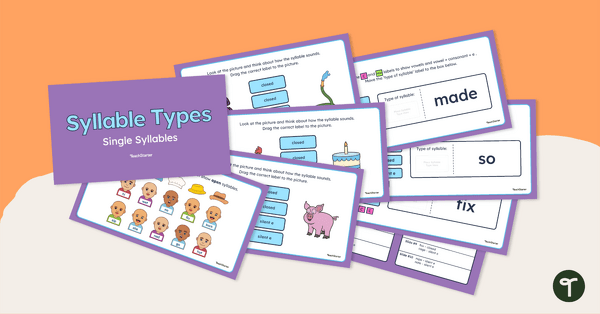
Syllable Types – Single Syllable Interactive Activity
Identify types of syllables in single syllable words with this Google Slides Interactive activity.
- Plus Plan
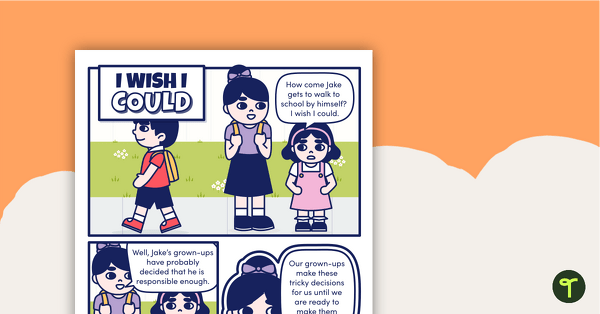
I Wish I Could – Worksheet
A comprehension worksheet for a comic from the Year 2 magazine (Issue 3).
- Plus Plan
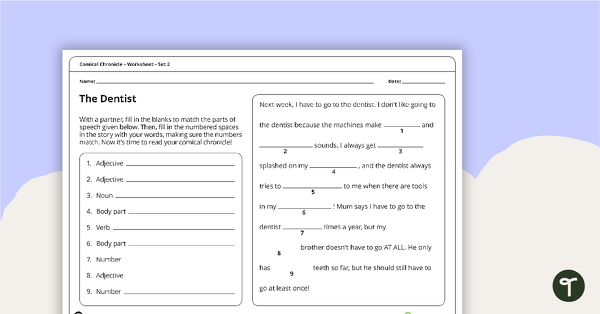
Comical Chronicle Worksheets – Year 3 – Set 2
A set of 10 ad-lib style stories for students to complete.
- Plus Plan
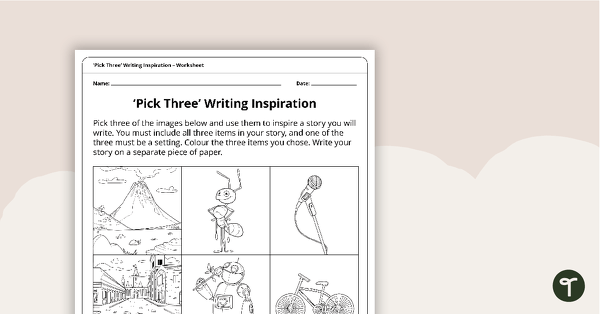
'Pick Three' Writing Inspiration Worksheet
A worksheet to use when students need writing inspiration for a narrative piece.
- Plus Plan
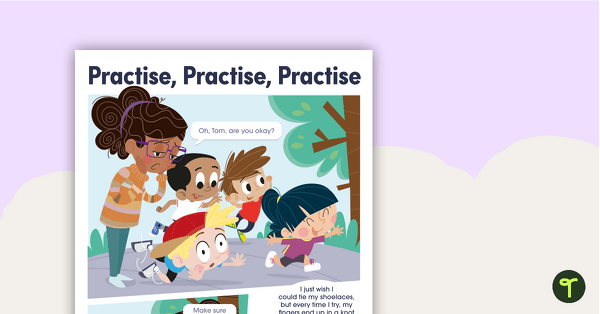
Practise, Practise, Practise (Tying Your Shoelaces) – Worksheet
A comprehension worksheet for a comic from the Year 1 magazine (Issue 2).
- Plus Plan
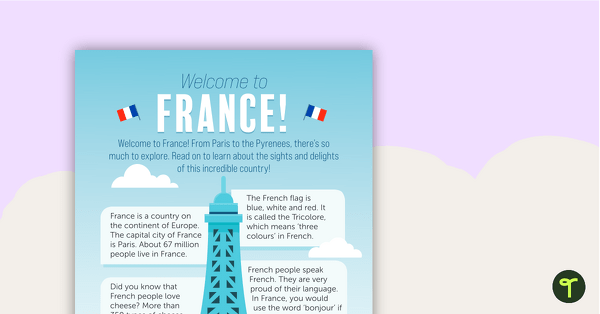
Welcome to France! – Worksheet
A comprehension worksheet for a country profile from the Year 2 magazine (Issue 2).
- Plus Plan
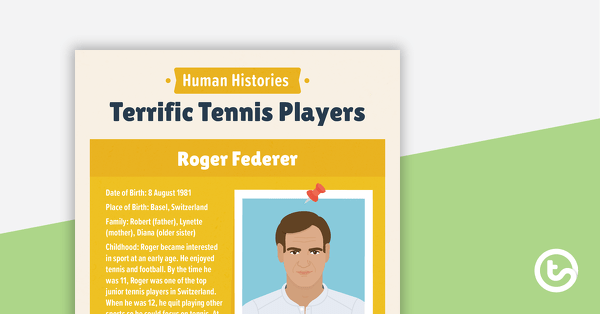
Human Histories: Terrific Tennis Players – Worksheet
A comprehension worksheet for a human histories article from the Year 2 magazine (Issue 2).
- Plus Plan
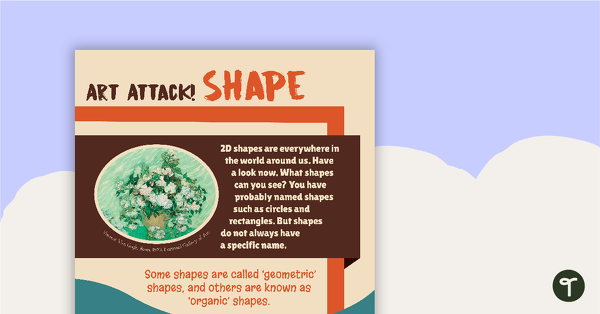
Art Attack! Shape – Worksheet
A comprehension worksheet for a magazine article from the Year 2 magazine (Issue 3).
- Plus Plan
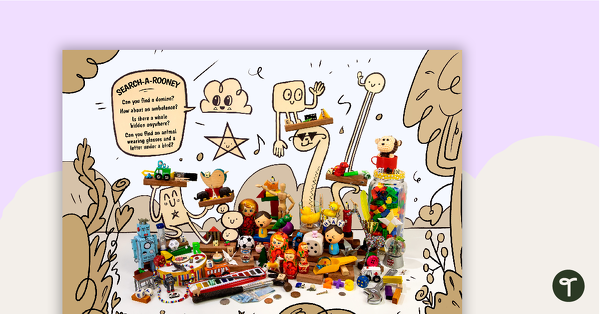
Search-a-Rooney 1 – Comprehension Worksheet
A comprehension worksheet for a image stimulus poster where students need to locate objects and characters.
- Plus Plan
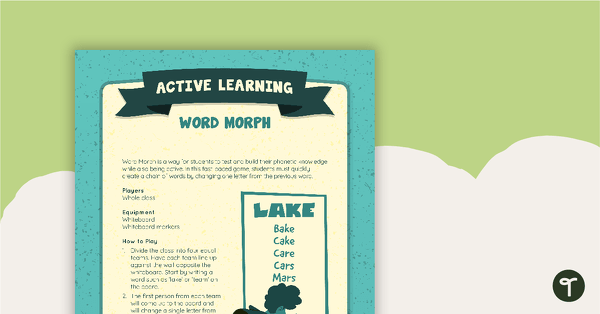
Word Morph Active Game
An active game that allows students to test and build their phonetic knowledge.
- Plus Plan
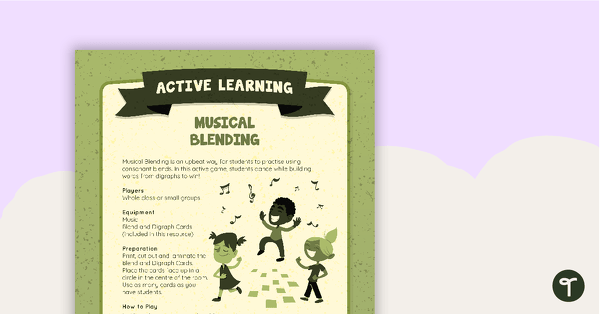
Musical Blending Active Game
An active game that allows students to practise using blends and digraphs.
- Plus Plan

Common and Proper Nouns Sort - Cut and Paste Worksheet
A sorting worksheet to practise identifying common and proper nouns.
- Plus Plan

Fox Book Report Template
A fun fox book report template for your students to use when giving their opinion of a book.
- Plus Plan
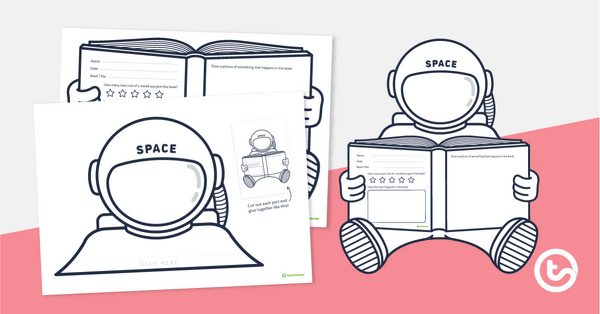
Astronaut Book Report Template
A fun book report template for students to review their favourite book.
- Plus Plan
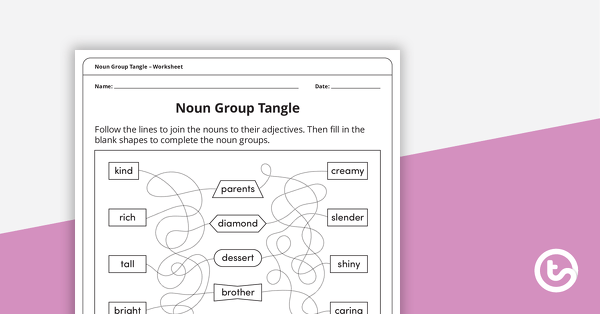
Noun Group Tangle – Worksheet
A worksheet that focuses on nouns combining with adjectives to create noun groups.
- Plus Plan
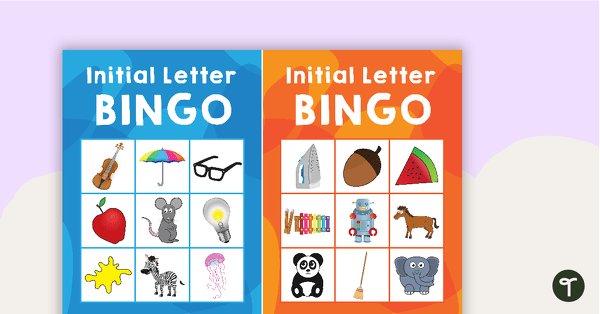
Initial Letter Bingo
30 different bingo cards using initial letters.
- Plus Plan
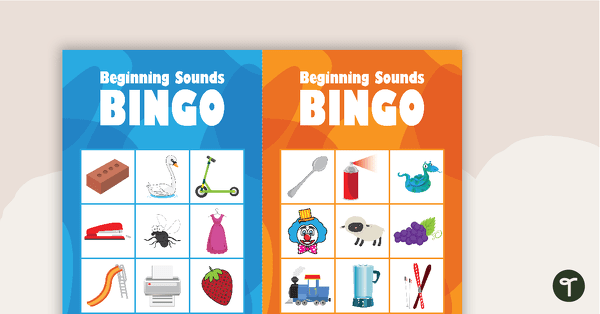
Initial Blends Bingo
30 different bingo cards using beginning sounds.
- Plus Plan
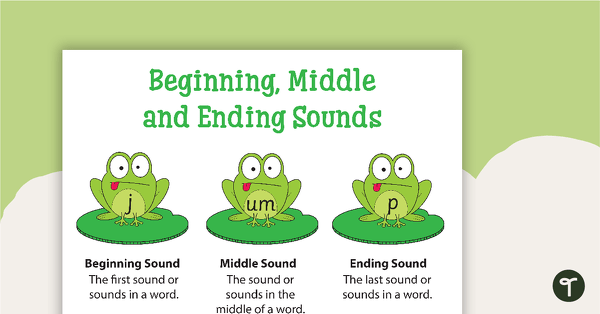
Beginning, Middle and Ending Sounds – Frogs Poster
A frog themed poster for CVC words
- Plus Plan
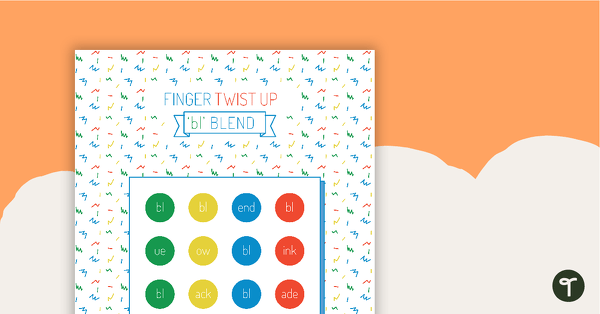
Finger Twist Up - Phonics Game
A fun, engaging board game to consolidate students' understanding of blends and sounds.
- Plus Plan
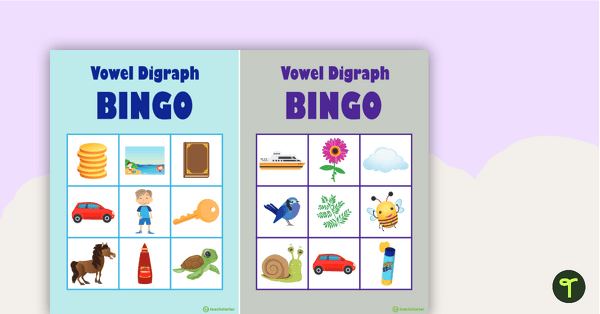
Vowel Digraph Bingo
Thirty different bingo cards using vowel digraph graphemes.
- Plus Plan
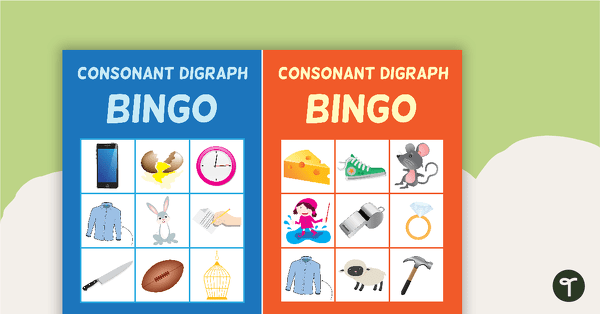
Consonant Digraph Bingo
Thirty different bingo cards using consonant digraph graphemes.
- Plus Plan

Real Or Make-Believe - Animal Sentences Worksheet
A teaching resource to help teach your students the difference between real and make-believe.
- Plus Plan
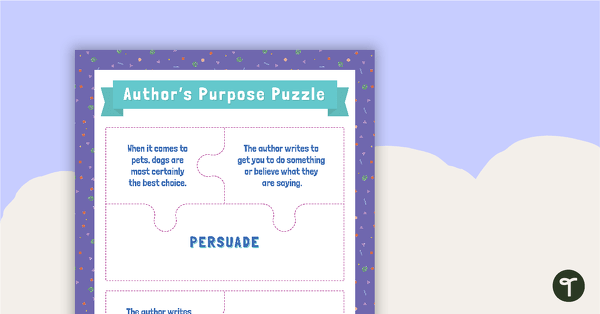
Author's Purpose - Puzzle Activity
A teaching resource to help teach your students the different reasons authors may write.
- Plus Plan
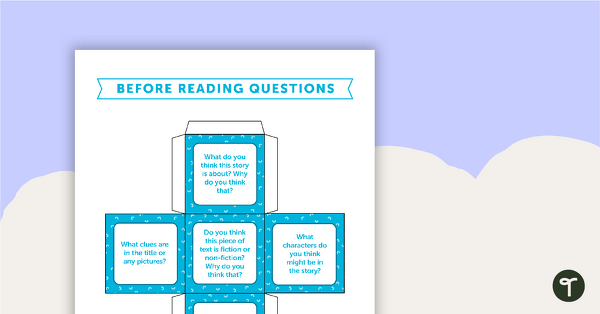
Before, During and After Reading Fiction Questions - Dice
5 different versions of dice to use when asking questions before, during and after reading.
- Plus Plan
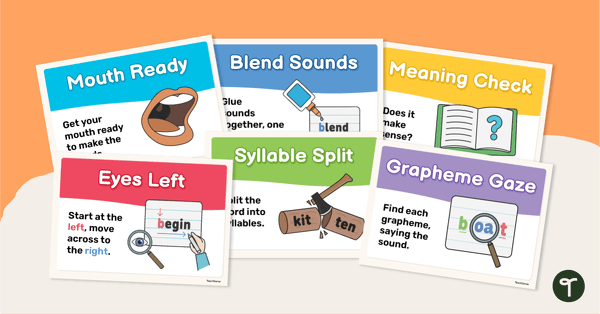
Reading Strategy Posters
Display this set of reading strategy posters in your classroom to remind your students of the best strategies to use when reading.